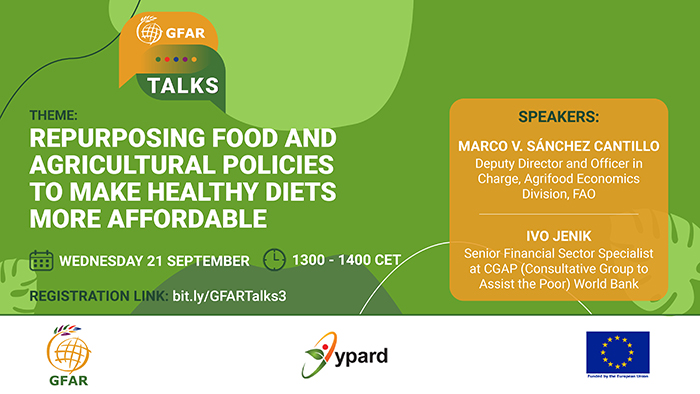
Context:
The State of Food Security and Nutrition in the World 2022 Repurposing food and agricultural policies to make healthy diets more affordable includes the following statement:
This year’s report should dispel any lingering doubts that the world is moving backwards in its efforts to end hunger, food insecurity and malnutrition in all its forms. We are now only eight years away from 2030, but the distance to reach many of the SDG 2 targets is growing wider each year. There are indeed efforts to make progress towards SDG 2, yet they are proving insufficient in the face of a more challenging and uncertain context. The intensification of the major drivers behind recent food insecurity and malnutrition trends (i.e. conflict, climate extremes and economic shocks) combined with the high cost of nutritious foods and growing inequalities will continue to challenge food security and nutrition. This will be the case until agrifood systems are transformed, become more resilient and are delivering lower cost nutritious foods and affordable healthy diets for all, sustainably and inclusively.
For this transformation to start happening, governments, policy makers and institutions need to start rethinking their current support to food systems. With this report as the background, the upcoming GFAR Talks will feature one of the report's authors, Marco V. Sánchez Cantillo, (Deputy Director and Officer in Charge, Agrifood Economics Division, FAO) who will set out its key conclusions and policy drivers to support diets that are both healthy and affordable, especially to those communities that are most marginalised by the current global food crisis. In response, Ivo Jeník (Senior Financial Sector Specialist at CGAP (Consultative Group to Assist the Poor) World Bank) will focus on decision-making processes through which incentives and policies are formulated that can allow marginalized actors, in particular smallholder farmers, to take part in their making and delivery.
Watch the full recording here
Past GFAR Talks Webinars

